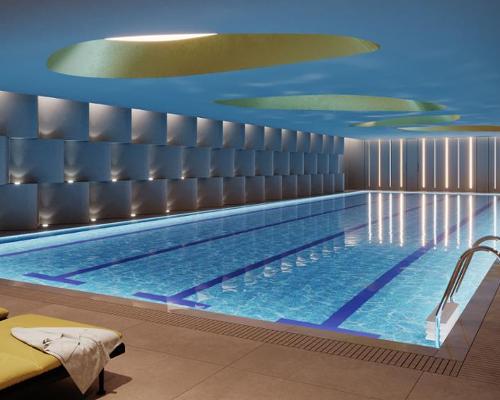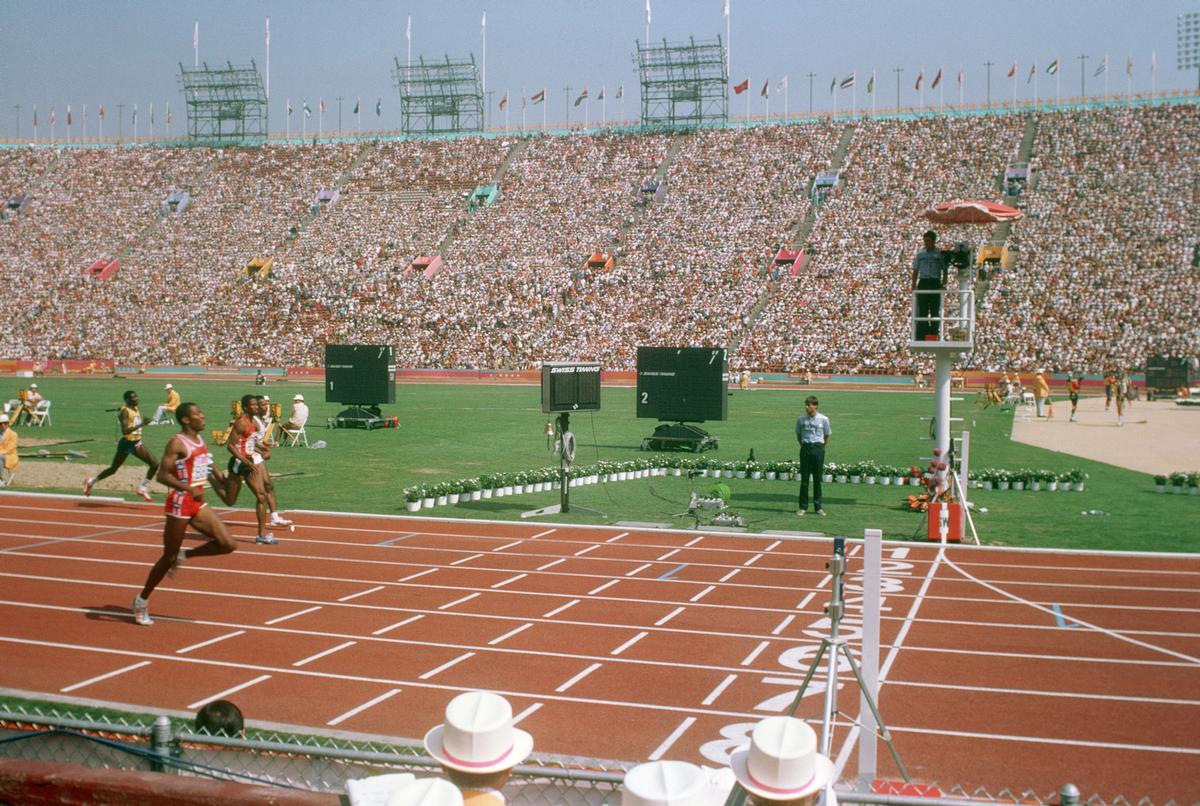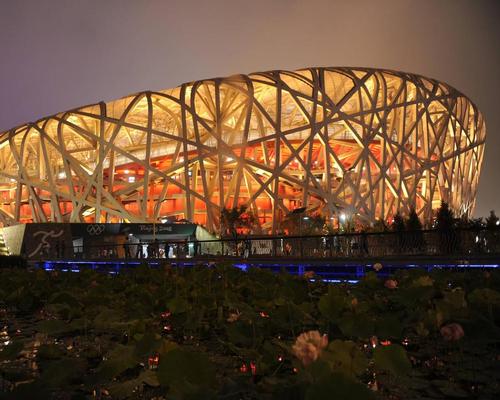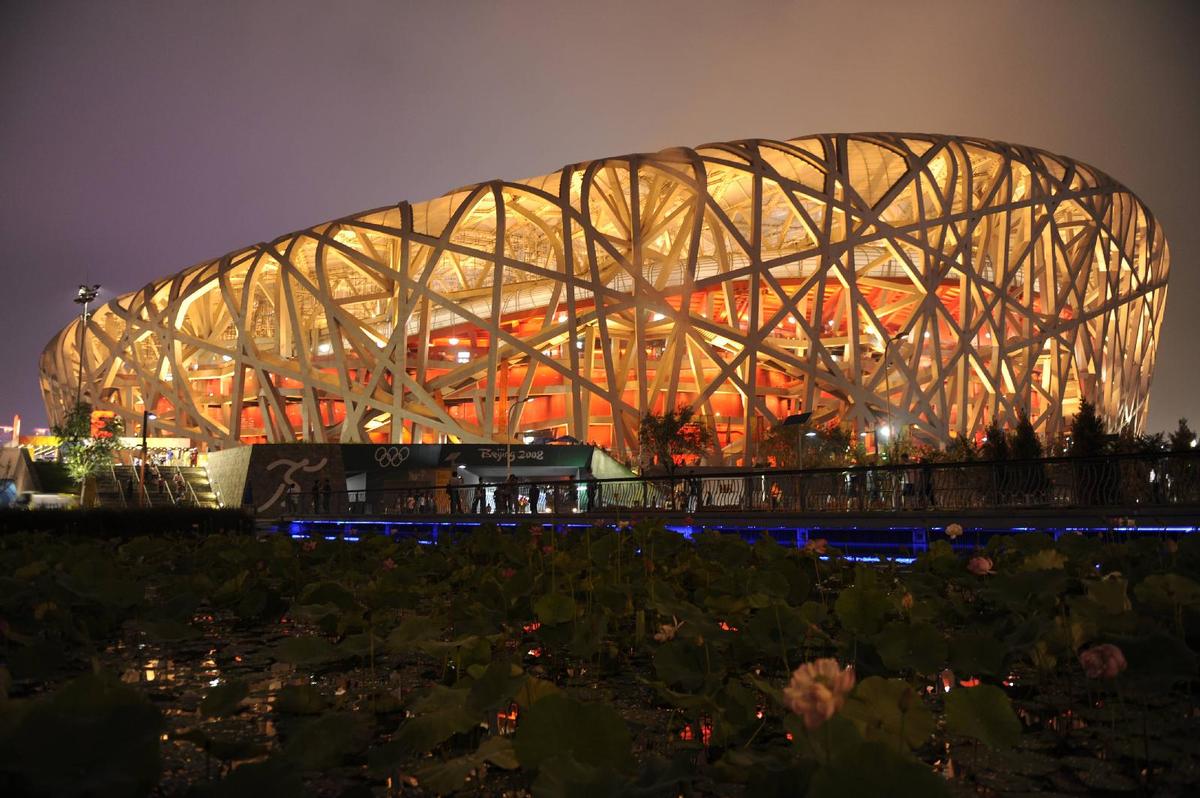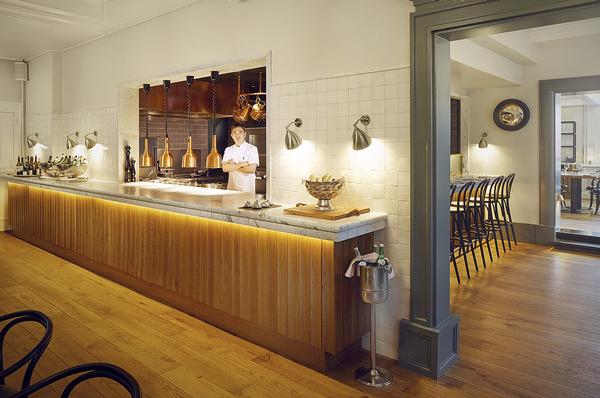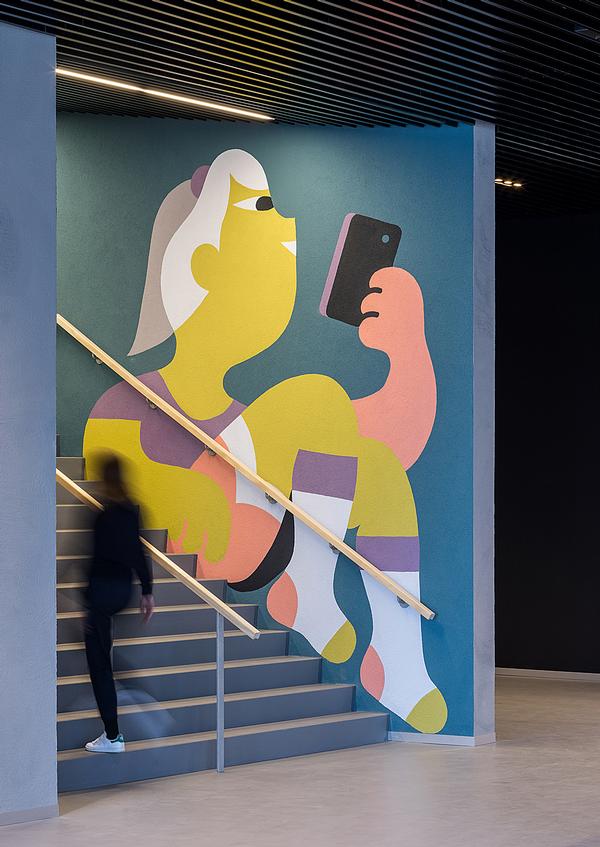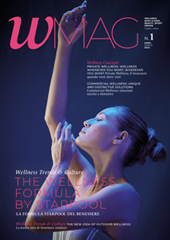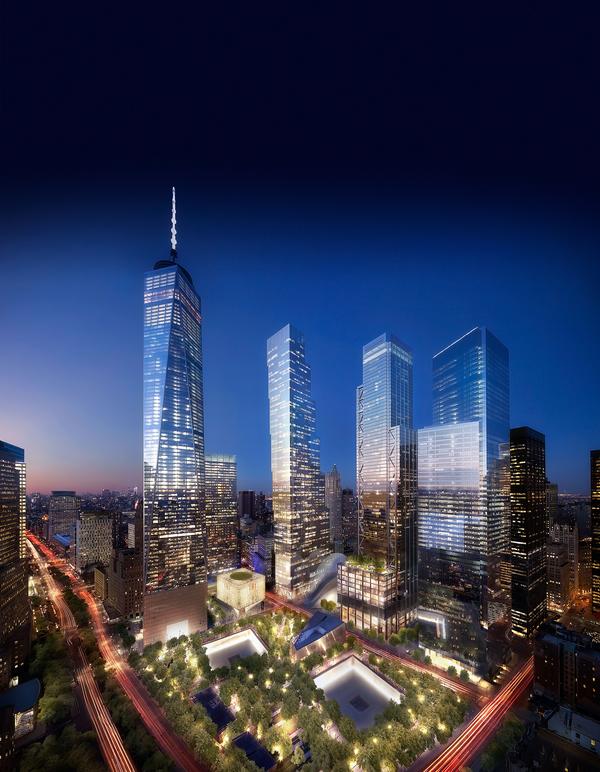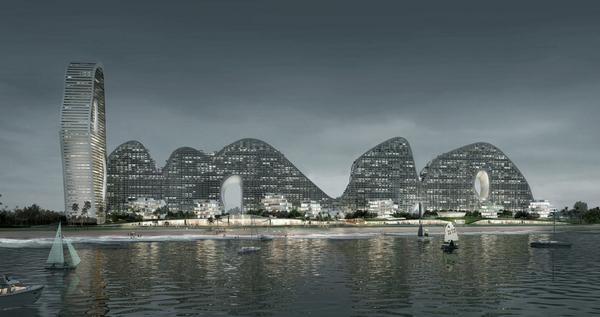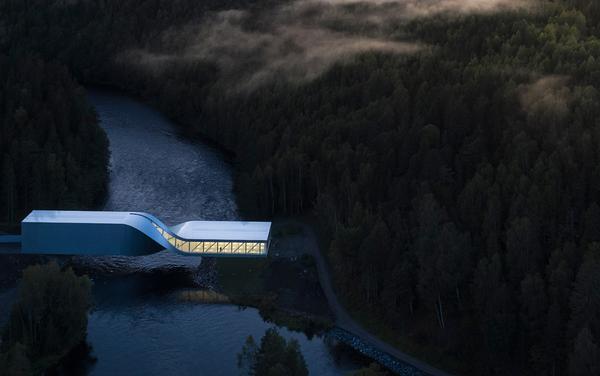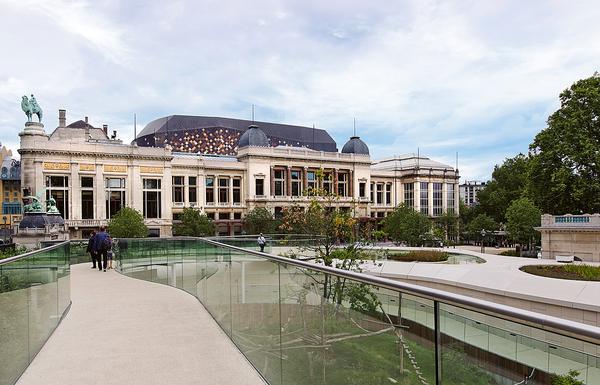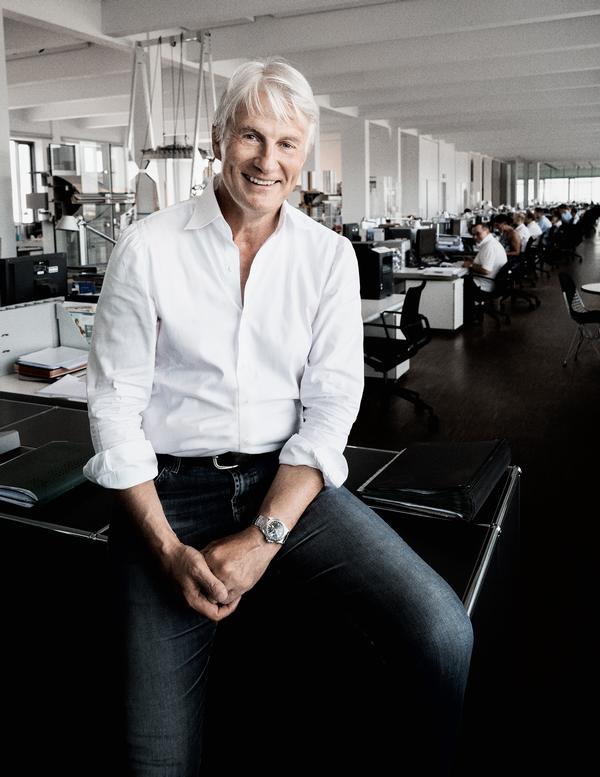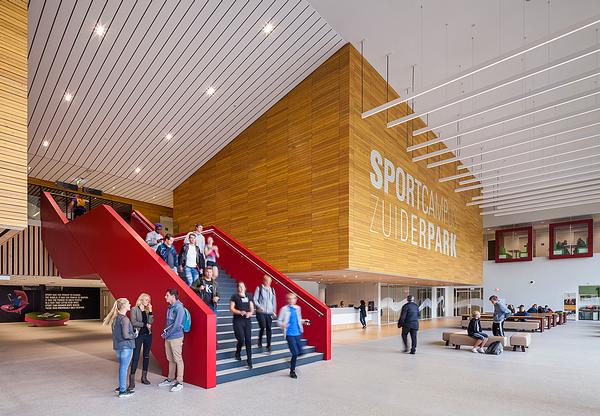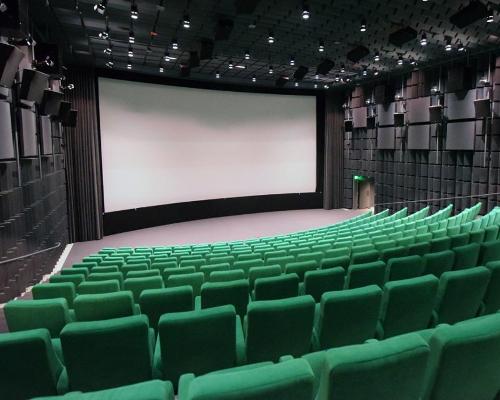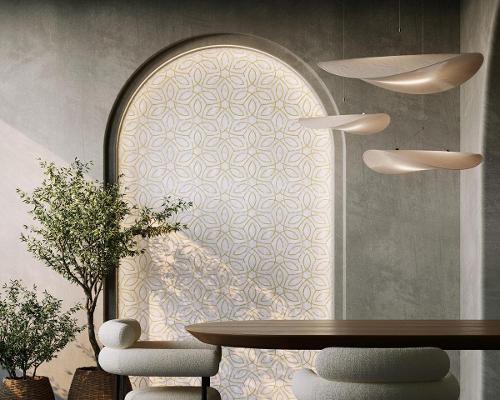Should Olympic stadiums be recognised as UNESCO world heritage buildings?

– Dr Miranda Kiuri
Olympic stadiums and facilities should be protected with their own cultural heritage listing, a leading member of the International Association for Sport and Leisure Facilities (IAKS) has argued.
Speaking at the Olympic Museum’s new stadium design exhibition in Lausanne, Dr Miranda Kiuri, who is also an architect and researcher at the University of Liege, called on UNESCO to introduce a new listing category for stadiums that have a strong cultural, physical and sporting significance.
“It’s very important to recognise the cultural heritage profile and potential of Olympic stadiums and emblematic Olympic architecture,” she told CLAD. “I’d like to see architects work together with the Olympic movement, experts, academics and UNESCO to consider the creation of a special sporting heritage label.
“The terms ‘cultural heritage’ and ‘world cultural heritage’ come with a very high level of recognition. Heritage buildings have a place in the public memory and stir an emotion. This is true of Olympic stadiums, so they merit recognition and protection.
“For some stadiums you have to consider both their tangible and intangible heritage value. Every stadium can tell us an important and insightful story. For example, the Los Angeles stadium is maybe not the most beautiful, but it's very interesting that is was declared a national cultural heritage building to celebrate the second Olympics hosted in the city. As a rare stadium to host two Games, it has intangible value.”
Kiuri said if they were given a listing, it would be easier for the 25 existing Olympic stadiums to promote different programmes, both sporting and touristic, and to create network between them. “This would allow us to identify some common problems they experienced, such as with hosting opening and closing ceremonies, so we could learn for the future of stadium building,” she added. “A listings criteria could encourage more efficient and sustainable Olympic buildings in the future.”
Kiuri also argues that a UNESCO listing would aid the preservation of historic stadiums and make sure that future renovations of old sports facilities are dealt with carefully and responsibly.
“At the moment there are some controversies about reconstruction,” she said. “For example, there was a lot of debate before the World Cup in Brazil about how to modernise the Maracanã Stadium and how to preserve its national cultural heritage. Eventually they maintained only the facade, but the roof and seating bowl was changed.
“If we start to promote cultural heritage programmes and a stadium listing, the process of making such modifications and renovations will be clearer.”
Kiuri is not alone in her campaign. A group of Japanese architects, including Fumihiko Maki and Kengo Kuma, recently began petitioning UNESCO to recognise the gymnasium building designed by Kenzo Tange for the 1964 Tokyo Olympics on its World Cultural Heritage list before the Games return to the city in 2020.
Olympic stadiums UNESCO world heritage architecture design IOCHow do you design an Olympic stadium? New exhibition explores style, structures and sustainability
Defiant Kuma's Tokyo Olympic Stadium granted green light
Maki and Kuma campaign for Tokyo gymnasium to receive UNESCO recognition
FEATURE: Interview – Kengo Kuma
FEATURE: Editor’s Letter – IOC Must Fundamentally Rethink The Olympics
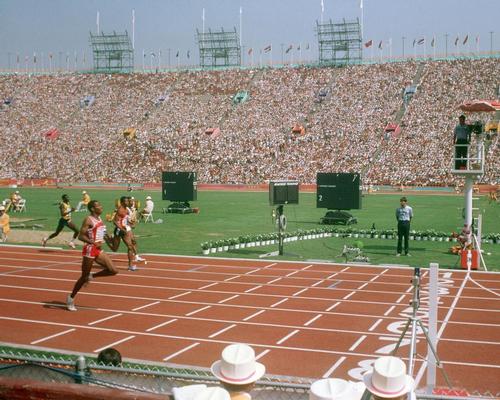
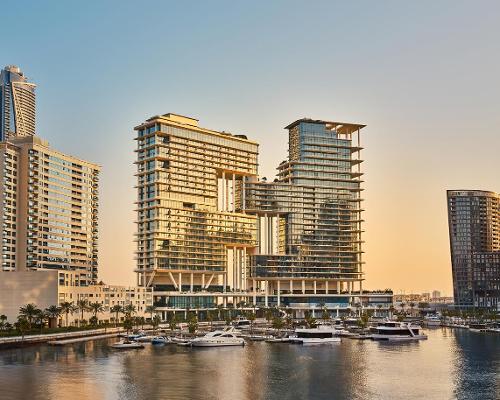
UAE’s first Dior Spa debuts in Dubai at Dorchester Collection’s newest hotel, The Lana

Europe's premier Evian Spa unveiled at Hôtel Royal in France
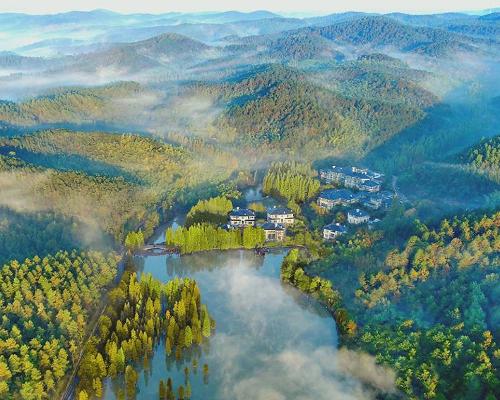
Clinique La Prairie unveils health resort in China after two-year project

GoCo Health Innovation City in Sweden plans to lead the world in delivering wellness and new science

Four Seasons announces luxury wellness resort and residences at Amaala
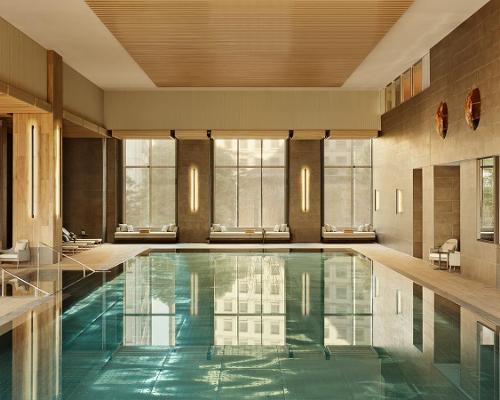
Aman sister brand Janu debuts in Tokyo with four-floor urban wellness retreat
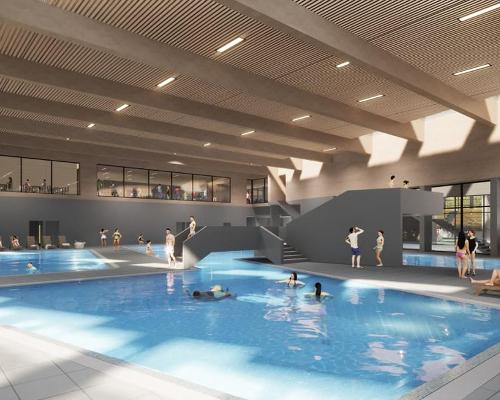
€38m geothermal spa and leisure centre to revitalise Croatian city of Bjelovar
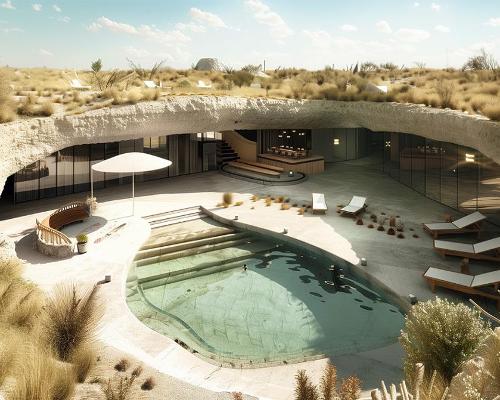
Two Santani eco-friendly wellness resorts coming to Oman, partnered with Omran Group
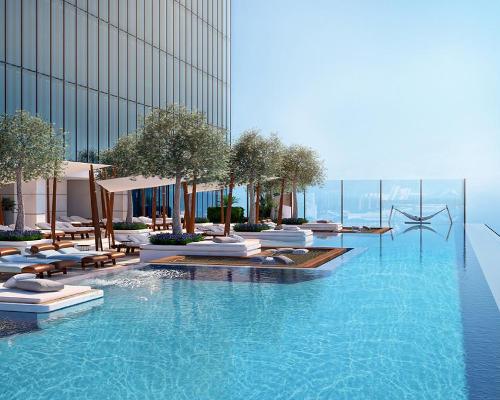
Kerzner shows confidence in its Siro wellness hotel concept, revealing plans to open 100

Ritz-Carlton, Portland unveils skyline spa inspired by unfolding petals of a rose
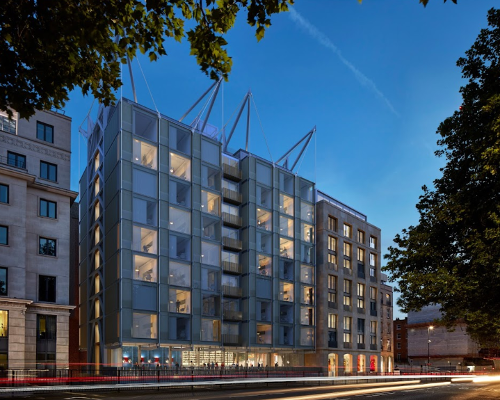
Rogers Stirk Harbour & Partners are just one of the names behind The Emory hotel London and Surrenne private members club

Peninsula Hot Springs unveils AUS$11.7m sister site in Australian outback

IWBI creates WELL for residential programme to inspire healthy living environments
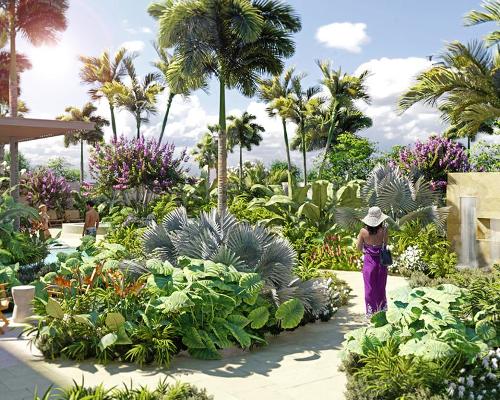
Conrad Orlando unveils water-inspired spa oasis amid billion-dollar Evermore Resort complex
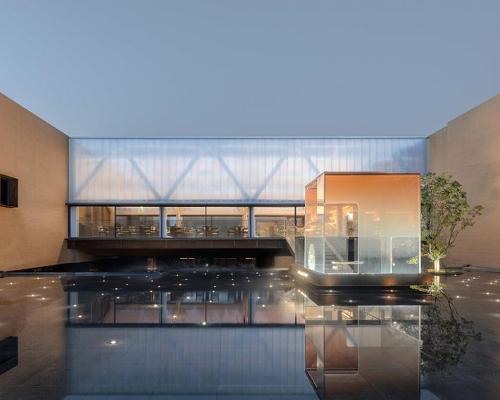
Studio A+ realises striking urban hot springs retreat in China's Shanxi Province

Populous reveals plans for major e-sports arena in Saudi Arabia

Wake The Tiger launches new 1,000sq m expansion
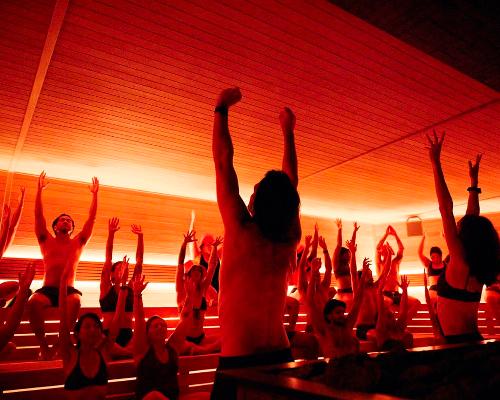
Othership CEO envisions its urban bathhouses in every city in North America
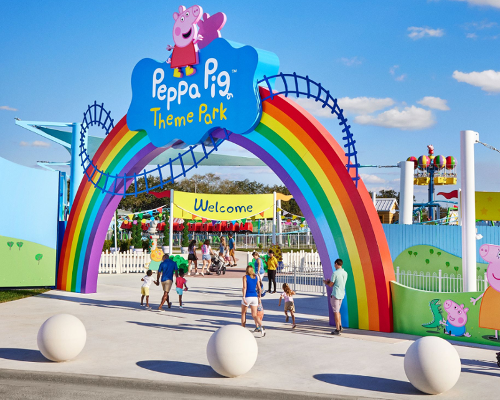
Merlin teams up with Hasbro and Lego to create Peppa Pig experiences
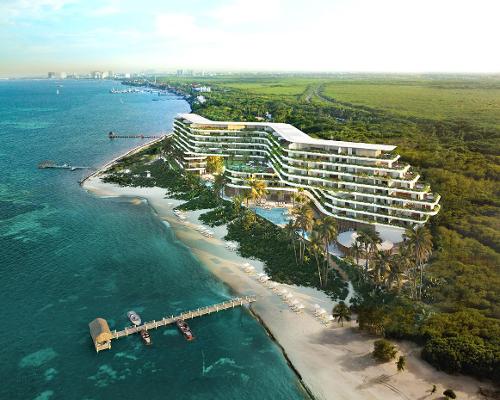
SHA Wellness unveils highly-anticipated Mexico outpost

One&Only One Za’abeel opens in Dubai featuring striking design by Nikken Sekkei
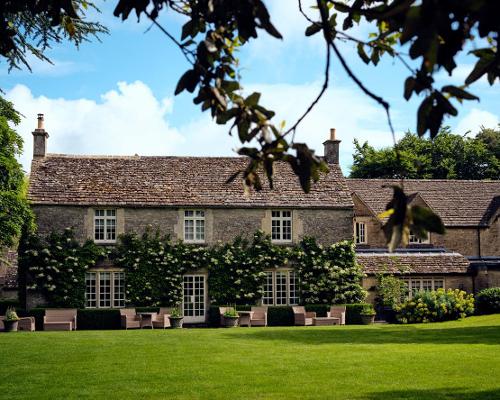
Luxury spa hotel, Calcot Manor, creates new Grain Store health club
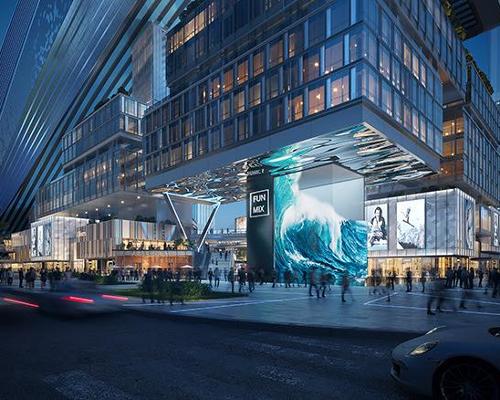
'World's largest' indoor ski centre by 10 Design slated to open in 2025
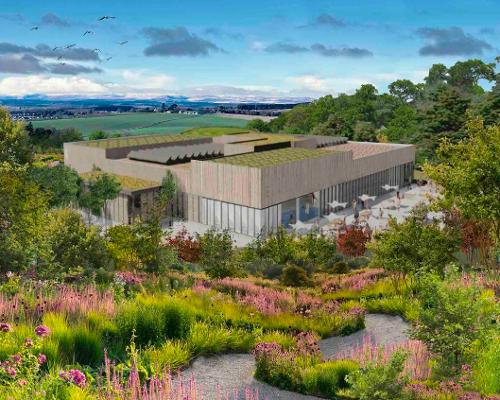
Murrayshall Country Estate awarded planning permission for multi-million-pound spa and leisure centre
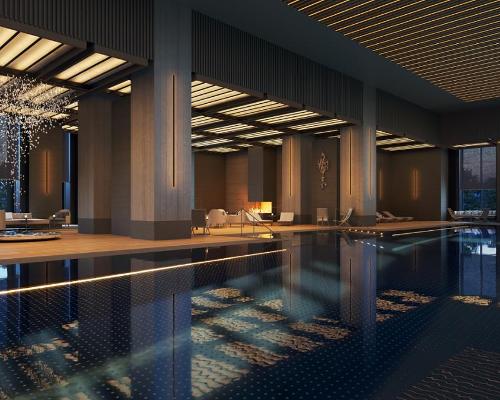
Aman's Janu hotel by Pelli Clarke & Partners will have 4,000sq m of wellness space
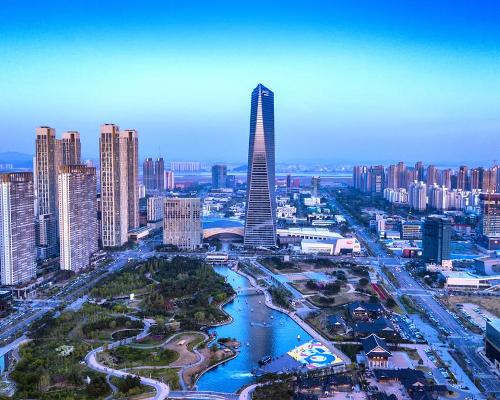
Therme Group confirms Incheon Golden Harbor location for South Korean wellbeing resort
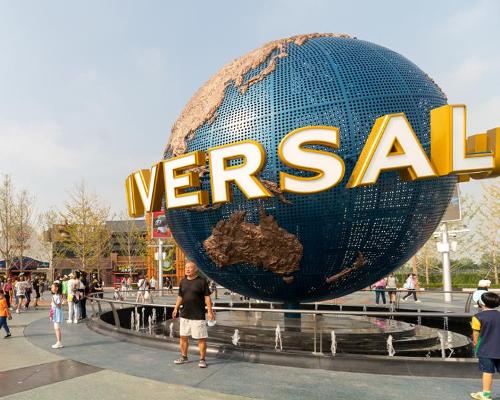
Universal Studios eyes the UK for first European resort
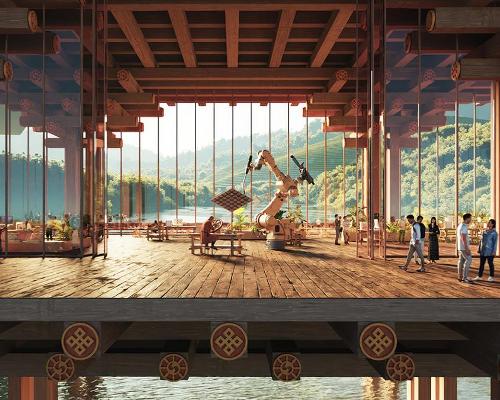
King of Bhutan unveils masterplan for Mindfulness City, designed by BIG, Arup and Cistri

Rural locations are the next frontier for expansion for the health club sector
